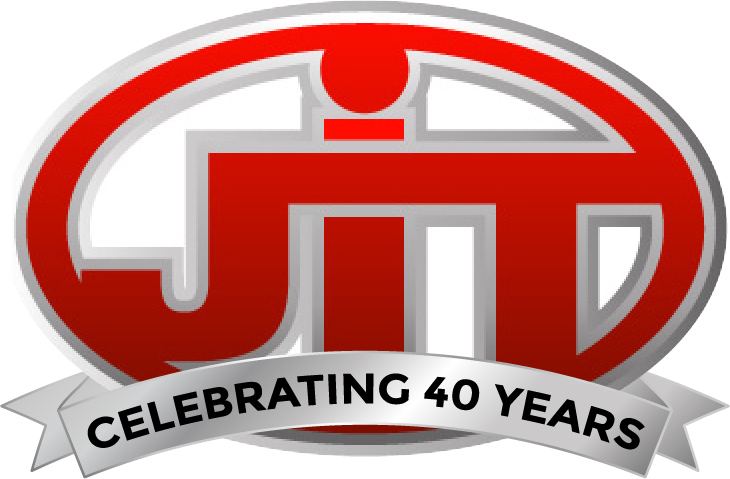Lease or Loan – What is the Difference?
The differences between loans and leases can be confusing, even the wording of the two financing instruments can be very close. So which one is right for you?
Loan
- A loan usually requires the end-user to invest a down payment in the equipment. The loan finances the remaining amount.
- Because the purchaser is considered to be the owner, accounting standards require owned equipment to appear as an asset with a corresponding liability on the balance sheet.
- As the owner the purchaser can claim a tax deduction for interest paid on the loan and to take depreciation, which is tied to IRS depreciation schedules.
- A larger portion of the financial obligation is paid up front.
Lease
- A lease requires no down payment, but only a first month’s payment, meaning less money needed to take delivery.
- Leased assets are owned by the Lessor; therefore they do not appear on the purchaser’s balance sheet. This can improve financial ratios.
- 100% of the monthly payment is tax deductible.
- Lease payments are typically less than loan payments. This is because the Lessor expects the asset to still have value at the end of the term, value that you don’t pay for.
- There is no obligation to own equipment at the end of the lease. You can walk away, re-lease or replace it with brand new equipment. This allows your business to enjoy the use of modern equipment and avoid keeping the old ones beyond their economically useful life.
Both options can be great. Each will help you acquire the equipment you need to be productive without taking precious capital out of the business. Let us help you decide. We are loan and lease experts and we can recommend the best option for you.
